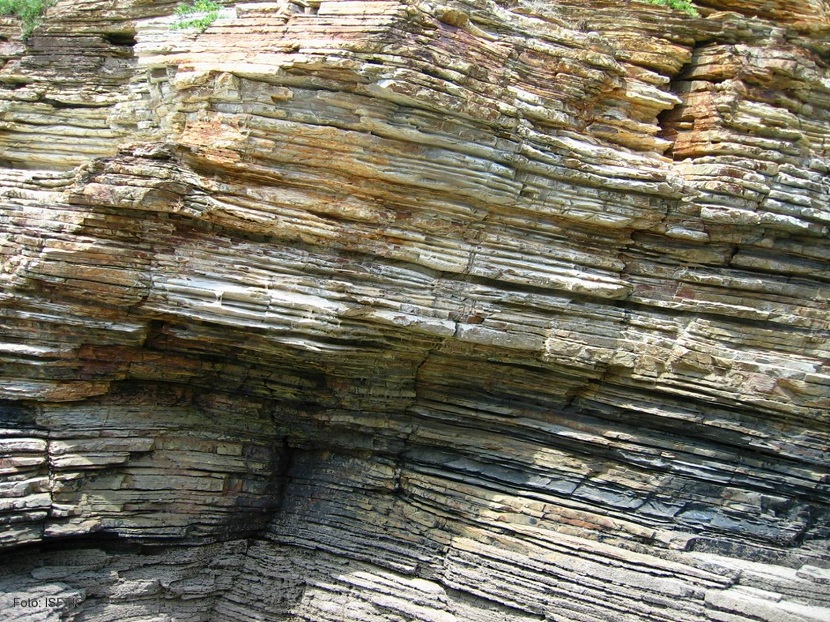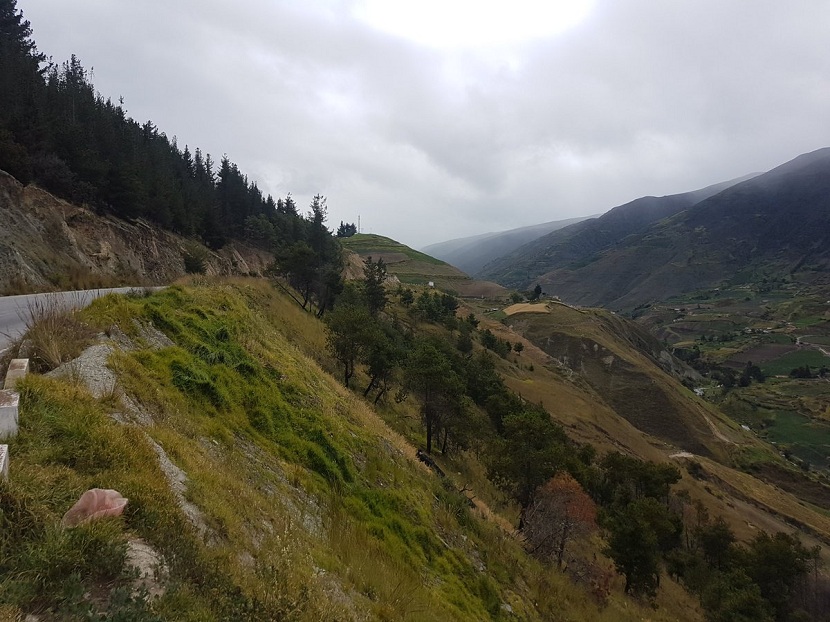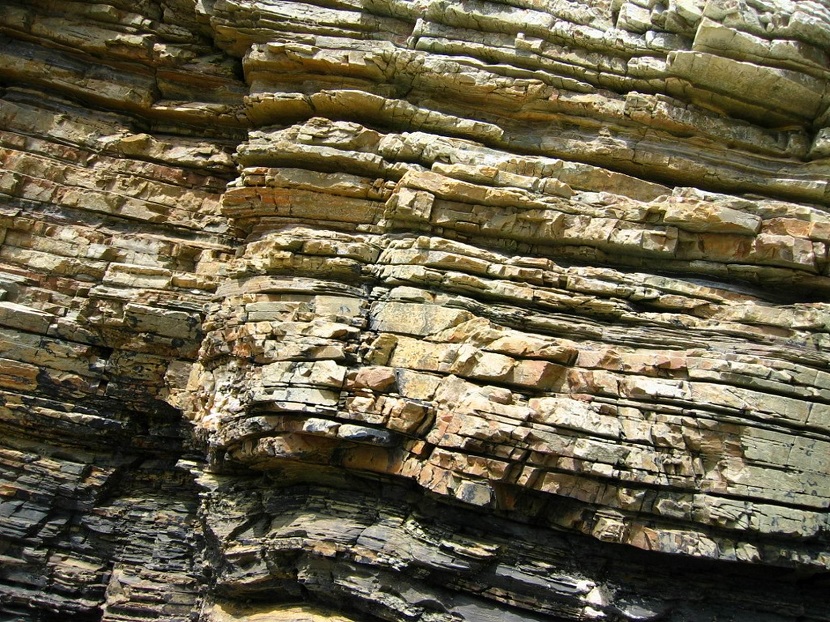
Since the human being has begun to develop technology and interest in the knowledge of this planet, attempts have been made to know how the Earth was formed. To know how our planet has been formed and the evolution it has had, you have to develop all the knowledge and dress actions in a chronological way. From here is born a branch of geology called geochronology. Geochronology is one of the branches of science that tries to study the formation and development of planet Earth in a chronological way.
In this article we are going to tell you all the characteristics of geochronology and what is its importance.
What does geochronology study

Geochronology is a science that aims to be able to determine the age and chronological sequence of geological events that have taken place in the history of the Earth. In order to know the formation of the geological elements that make up our planet, the order in which the different events happened is recognized. Every event since our planet was formed triggered the formation of the relief as we know it today. The function of geochronology is to investigate and order all these geological events.
In addition, it is responsible for establishing geochronological units. They are discrete, continuous and successive units of time that provide a time scale that covers the entire history of the Earth. It can be studied by analyzing the geological time and through geochronometry. This branch is in charge of knowing absolute ages always with a certain degree of uncertainty. There are numerous varied methods that are used to know this time and that include multidisciplinary sciences.
An attempt is also made to order the stratigraphic units made up of real rock bodies. The importance is to delimit all the intervals that have occurred over time, although there is a continuous material record of the same burning as all the stages. Chronostratigraphic units have a geologic time equivalent:
- Geological time: eon, era, period, epoch, age, cron.
- Geochronology: eonotem, eratheme, system, series, floor, chronozone.
This can be said to be the units of measure of each type.
Branches of geochronology

People of energy can be said to be different from biostratigraphy as well. Biostratigraphy is responsible for the relative chronological order of sedimentary rocks. This can be achieved by studying the fossil content found in rocks. In this way, you can know and establish different successive biozones in time. These biozones are regulated by the principle of superposition of strata and the principle of faunal succession. These principles are given in the theory of continental drift.
The difference is that biostratigraphy fails to provide the absolute age of a rock. It is simply in charge of placing it within a time interval in which all the associations of the fossils that have existed are known.
How to study the age of the Earth

In order to know and study the age of the geological processes that have occurred on our planet throughout history, different methods are used that are encompassed in geochronology. We are going to analyze some of them.
Methods based on the salinity of the oceans
One of the first attempts that was made quantitatively to obtain the ages was made based on the salinity of the oceans. The main idea was to calculate the time it took for sarh to accumulate in the oceans starting from initially fresh water. The early oceans were formed by condensation from the primordial atmosphere and had no salt at all. The salt was dissolving from the rocks by the streams and two rivers and transported to the sea where it was concentrated.
This makes us know that it is enough to calculate the amounts of dissolved salts that the rivers carry, the amount of salt in the sea and reduce the time that is necessary for said salt to accumulate. This method was not one of the main ones since the calculations were not sufficient as there were few data.
Sedimentation rate-based methods
The idea that other authors will use is to calculate the time it took for the sedimentary rocks of the earth's crust to form. For this, the times it took to deposit the sediments in the sandstones were estimated. Then it was tried to determine the maximum successor that the rock came to form in each geological time period. The authors' estimates were highly variable. There were stratigraphic columns that could vary perfectly from 25 to 112 km. For the sedimentation velocity there were also highly variable values with the different locations and types of rocks.
Methods based on stratigraphy and paleontology
Thanks to the emergence of the uniformitarian trend, it was an advance that is quite important since it involved a new scientific mentality. This idea is what includes that in geology time is practically unlimited. Thanks to this, different data was gradually gathered that was lengthening the time necessary so that everything could be given in geological phenomena. Thus, it is possible to untie all biblical interpretations and improve the scientific method.
All geologists who followed the uniformitarian mentality had the long-running confection of geological times. This is essential when it comes to understanding that geological processes occur on a geological time scale. However, the Bible warned of a catastrophism in which the earth transformed the environment in a short time.
Methods based on the cooling of the Earth and the sun
These methods were thermodynamic. The problem of the age of the Earth has been approached through the luminosity of the sun. The sunlight was considered to come from the heat that was produced during the gravitational contraction of its immense mass. The idea of this theories that the particles tend to fall towards the center and that the potential energy is released in that fall and turns into heat. With these ideas they estimated between 20 and 40 million years.
I hope that with this information you can learn more about geochronology.
Excellent article, very complete, one more follower of German, you helped me a lot for my internal geodynamics work